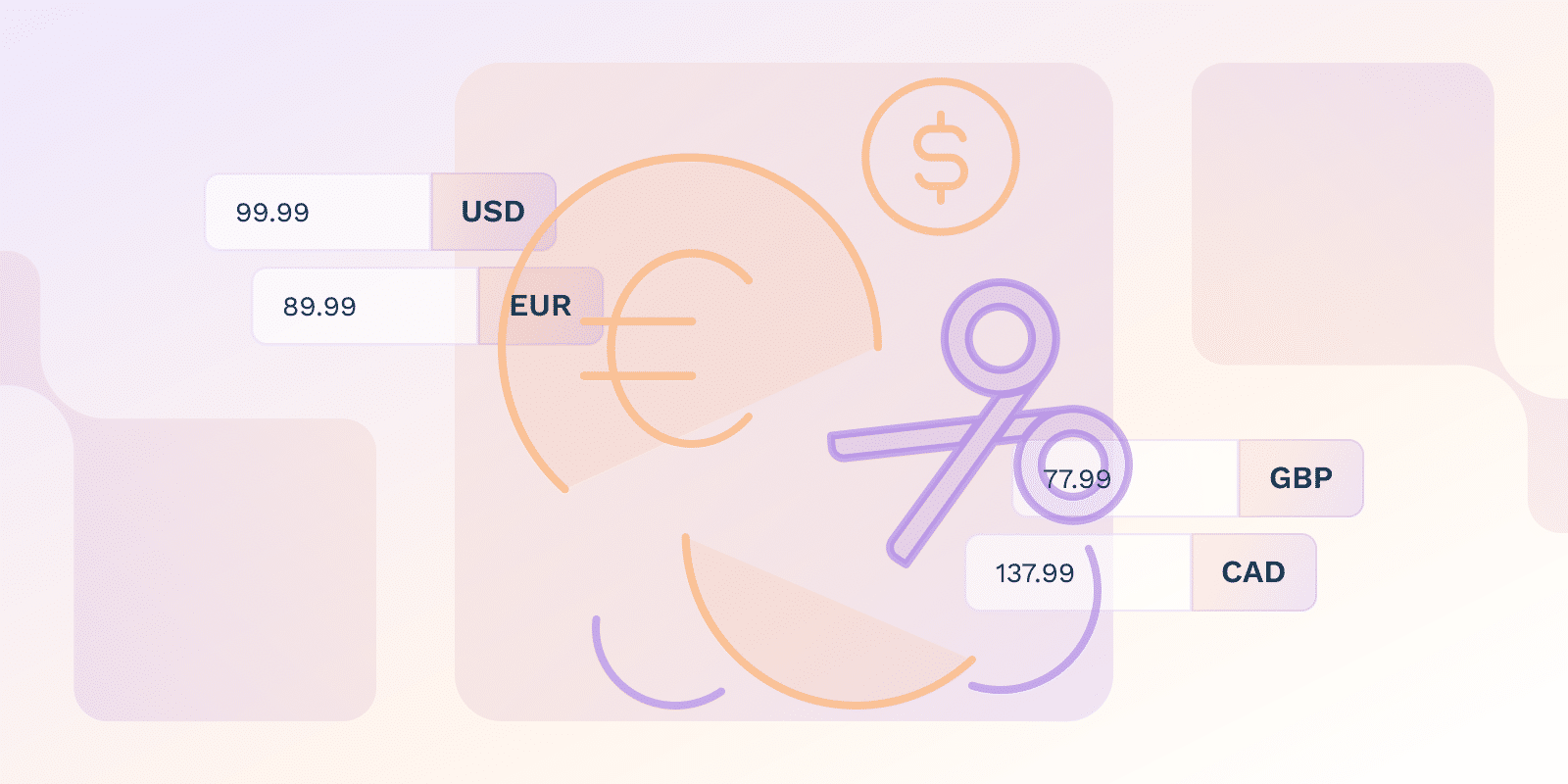Financial Management
What are SaaS Budgeting and Cost Control in SaaS?

What are budgeting and cost control in SaaS?
Budgeting in SaaS is the coordinated planning and allocation of financial resources to achieve business objectives.
This is especially key for new SaaS (software-as-a-service) companies because they need to keep track of what goes where, especially when working with limited or excess funding.
Cost control, on the other hand, involves implementing checks to minimize software-related expenses without compromising product quality. By cutting down spending, SaaS cost control can increase profitability.
Pro Tip: A SaaS budgeting template helps in allocating capital to all projects. You can use SaaS management platforms or software to track your spending and optimize resources for profit.
What are the key components of a SaaS budget?
An ideal SaaS budget should consist of the following:
- Revenue: Predict your income bracket based on subscription pricing, customer base, and churn rate.
- Customer Acquisition Costs: CAC involves expenses for marketing, sales or associated costs of customer onboarding.
- Product Development: A large chunk of your budget will be spent on hiring software engineers, product designers, and tools required to build the software.
- Customer Support: Staff salaries, cost of helpdesk tools, and other customer relationships must be accounted for.
- Operational Costs: Depending on your specifics, you’ll have to factor in rent, utilities, legal and admin fees, and other costs of running the business.
What are the methods of cost control?
Cutting costs is attainable when you:
- Regularly audit subscriptions: Consider removing unused and underused SaaS subscriptions or negotiating terms of renewal.
- Optimize cloud storage: Estimate your cloud storage needs to avoid paying for cloud capacity that far exceeds your requirements.
- Leverage automation: Use tools to automate repetitive tasks so that employees can focus on other operations.
- Negotiate vendor contracts: Negotiate with vendors during contract renewals to obtain deals on services. SaaS CFOs generally overview this aspect.
| Cost Control Method | Key Actions | Expected Benefits |
|---|---|---|
| Subscription Management | ||
| Regularly Audit Subscriptions | Remove unused/underused SaaS subscriptions | Reduce unnecessary software expenses |
| Negotiate Vendor Contracts | Renegotiate terms during contract renewals | Obtain better pricing and service terms |
| Resource Optimization | ||
| Cloud Storage Management | Estimate and align cloud storage needs precisely | Avoid overpaying for excess cloud capacity |
| Leverage Automation | Use tools to automate repetitive tasks | Increase employee productivity and efficiency |
| Strategic Cost Analysis | ||
| Track Software Usage | Analyze usage data for each tool | Identify essential vs. non-essential software |
| Team Feedback | Survey employees about tool usage | Gain insights into practical software needs |
How do you identify unnecessary SaaS costs?
Here are some steps to consider:
- Track software usage: Study usage data to know which tools are essential and which can be done without.
- Survey your team: Use employee feedback to see which tools they use regularly and which is nonessential.
- Set usage benchmarks: If you lay hold on competitor data, compare your SaaS expenses to theirs and use the insights to curtail excess expenditure.
What is the rule of 40 in SaaS?
The rule of 40 in SaaS states that the combined growth rate and profit margin of a SaaS company should equal or exceed 40%. Any business above the margin is regarded as profitable. Otherwise, you need to reduce unnecessary expenses and create avenues for more income.
How does SaaS budgeting impact growth and profitability?
Quality budgeting is important to:
- Allocate resources wisely: You can invest in the areas that require more funding as marketing and product development.
- Control spending: Limits unplanned expenditures as funds are allocated to specific areas.
- Make data-driven decisions: Use your financial SaaS metrics to determine your level of profitability and identify areas for improvement.
Conclusion
No SaaS business can be sustained without effective budgeting and cost control. By applying strategies to manage resources and slash costs, your company’s financial health is secured and you can plan for future endeavors.